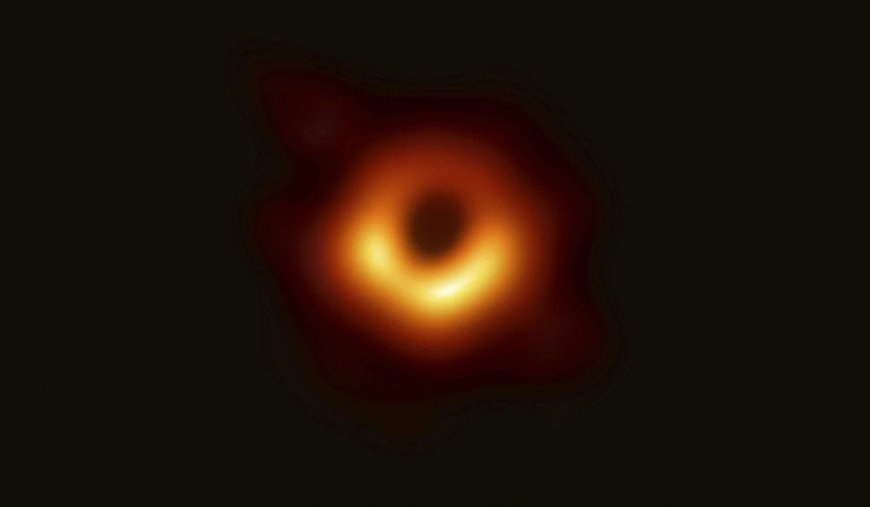ISRO Scientists Unveil New Discoveries About Black Hole GRS 1915+105
A team of scientists from ISRO shared their latest findings on the Black Hole GRS 1915+105. They observed unique patterns of X-ray brightness fluctuations and discovered rapid flickers known as Quasi-periodic Oscillations. The research sheds light on the behavior of this mysterious black hole.

A team of scientists and researchers from the Indian Space Research Organisation (ISRO) shared their unique findings while studying the Black Hole GRS 1915+105. They observed that the X-ray brightness from this black hole fluctuates dramatically, showing alternating low-brightness (‘dips’) and high-brightness (‘non-dips’) phases lasting a few hundred seconds each.
During the high-brightness phase, the team found rapid flickers in X-rays repeating about 70 times per second (frequency ∼70 Hz), known as Quasi-periodic Oscillations (QPOs). These ‘fast’ flickers disappear during the low-brightness phase, according to researchers Anju Nandi from ISRO, Santabrata Das from IIT-Guwahati, Sreehari H from Hafiza University, and Seshadri Majumder from IIT Guwahati.
India's AstroSat, the first dedicated multi-wavelength space observatory, has been monitoring the black hole GRS 1915+105 since its launch in September 2015, aiming to understand its behavior.
The research team explained that the rapid QPOs are linked to a super-heated cloud of energetic plasma surrounding the black hole, called corona. The corona becomes more compact and hotter with higher luminosity during the bright high-energy phases when QPOs are strongest. Conversely, in the dimmer dip phases, the corona expands and cools, causing the flickers to disappear. This suggests that the compact oscillating corona is the source of these fast QPO signals.
According to the source: The New Indian Express.
What's Your Reaction?
 Like
0
Like
0
 Dislike
0
Dislike
0
 Love
0
Love
0
 Funny
0
Funny
0
 Angry
0
Angry
0
 Sad
0
Sad
0
 Wow
0
Wow
0

























































































































































































